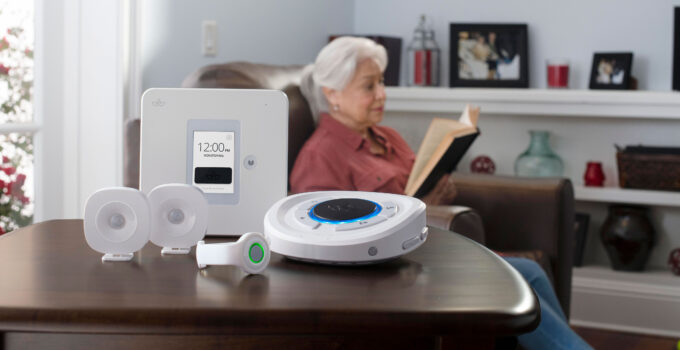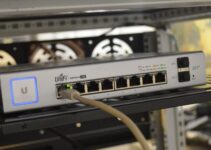The ties when patients had to go through the procedure of scheduling an appointment with the doctor, and then actually visiting, going through different analyses, and finally getting diagnosed are finally cut down. Although most doctors would prefer us to visit and get checked personally, the life we live today requires us to search for shortcuts and alternatives. Not to mention the fact that we have been dealing with the pandemic for some time now, which requires us to spend more time at home. When it comes to going to the doctor’s, in most cases we choose to do it only if it is really necessary.
As usually is the case, technology has quickly found a perfect solution for these issues, and it is called an in-home patient monitoring system. A set of different tools has been invented to make it easier for health workers to monitor the condition of their patients without having to visit them. It has also shown to be a perfect tool for coordinating home health services.
Page Contents
Let’s give you a bit more insight into what these systems are
They are defined as the use of telehealth services for routine examination of health problems and sharing information with health professionals to achieve better results. It helps gather all data in one place and then transmit it electronically to other doctors for evaluation and referrals. Which makes it super easy for doctors to keep track of their patient’s status when for example, they are released from the hospital, or when they are receiving in-home care.
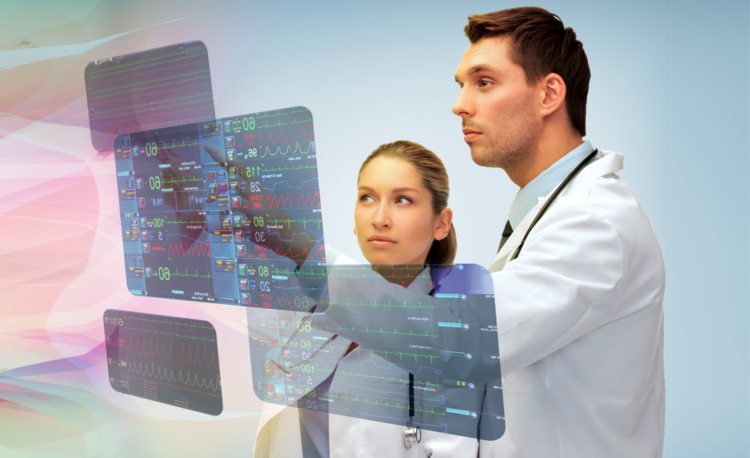
Source: einfochips.com
Given the fact that so many people now prefer to choose the convenience of being monitored at home, and skip going back and forth to the checkups, these systems are increasingly growing in popularity. This is especially true for people with chronic health conditions, that need to stay away from crowds.
Above all, they have proven to be very practical. Just by connecting with the app, one can check a variety of parameters like blood pressure, glucose levels, heart rate, and oxygen saturation levels, and get alarmed every time a patient is in danger. To learn more about in-home patient monitoring systems visit www.care-mate.co.
In the rest of the article, we’re going to list all pros and cons of utilizing such systems, one should have in mind when doing business in the health sector.
Pros
Saves time and money
Through RPM, doctors are available to a wider circle of the population, and doctors can overcome obstacles at a distance and reach remote areas. It allows us to routinely examine the patient’s health to prevent last-minute suffering. This has so far helped reduce the number of hospital visits, admissions, and emergencies. It increased access to health informatics and treatment. Thus, it saves the patient’s time and money, which sometimes becomes the cause of someone’s illness. Although it cannot match the traditional way of treating the sick, it has made medical services more accessible and efficient. Today, treatment measures are available even in inaccessible regions within a short period of time.
A variety of different information available via the app
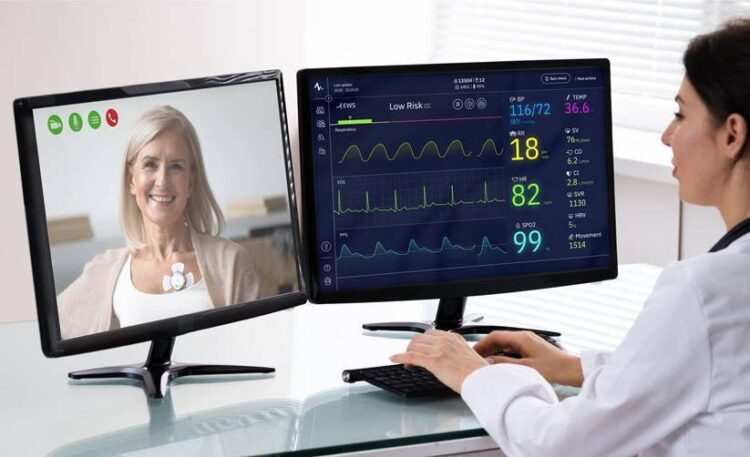
Source: hitconsultant.net
These applications use a wide range of patient health data such as blood pressure, weight, height, blood sugar level, body mass index, heart rate, etc. The data is then well documented and sent to doctors. The health care providers later through various programs like intensive care units, preventive health checkups, nursing wards, etc. facilitate the patient to get the correct diagnosis and treatment.
Patients enjoy a quick service
Aside from being monitored wherever they are, which you have to agree, gives a sense of ease, it is the quick access to the service which people appreciate most. Devices that are used are very quick in measuring vital parameters and sending them to the doctors. All this info is being stored and available for historical data call-up upon need. All in all, identifying changes in status has never been easier and faster, making patients feel a lot safer than before.
Cons
Price
These systems would definitely grow even larger in popularity if more professionals were to think less about the price. As is the case with most modern tech gear, fearing how much it would cost makes professionals hesitate in jumping on the train and simplify the whole process of patient monitoring.
In the long run, it is not that much money, and when you put everything on paper, the numbers will actually show how it pays off. For example, by regularly tracking down the status of your patient, they will reach a point of not needing therapy at all.
It’s too complicated
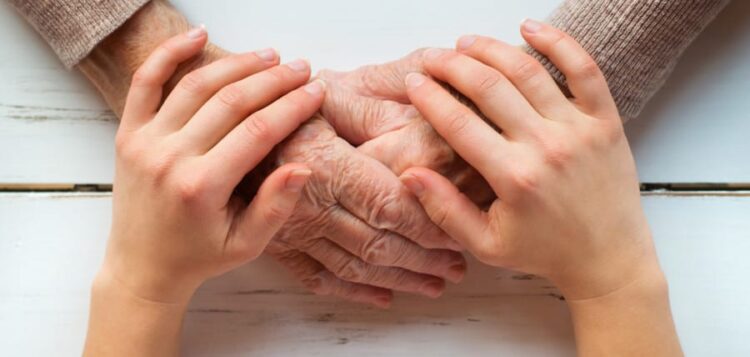
Source: mdwatch.io
What many perceive as a con is the thought that introducing a new system in their daily work will require staff to adjust, making it too hard to deploy. However, these systems are made to require minimum or no learning from the staff. All that is needed is to install it and connect it to the patients.
Connectivity
As this is internet-based technology, one of the realistic cons would be to monitor people living in remote areas, where connections are not as stable as they need to be. Although it is intended for remote monitoring, this is still an issue that needs to be fixed. Most areas can have internet access, regardless of being remote, all that needs to be agreed with the patient is to install a good connection where they live.
Finally, one of the areas where these find the most purpose is time management. Most professionals cannot find time to squeeze all their patients into a certain time frame. With in-home patient monitoring, they can actually do a lot more in a day, than they would have done by receiving people normally. It can be said, that their productivity would increase significantly. And being busy professionals in this field, anything that helps improve time management is more than welcome.

